
Write what you are looking for and press enter to begin your search!

Live News
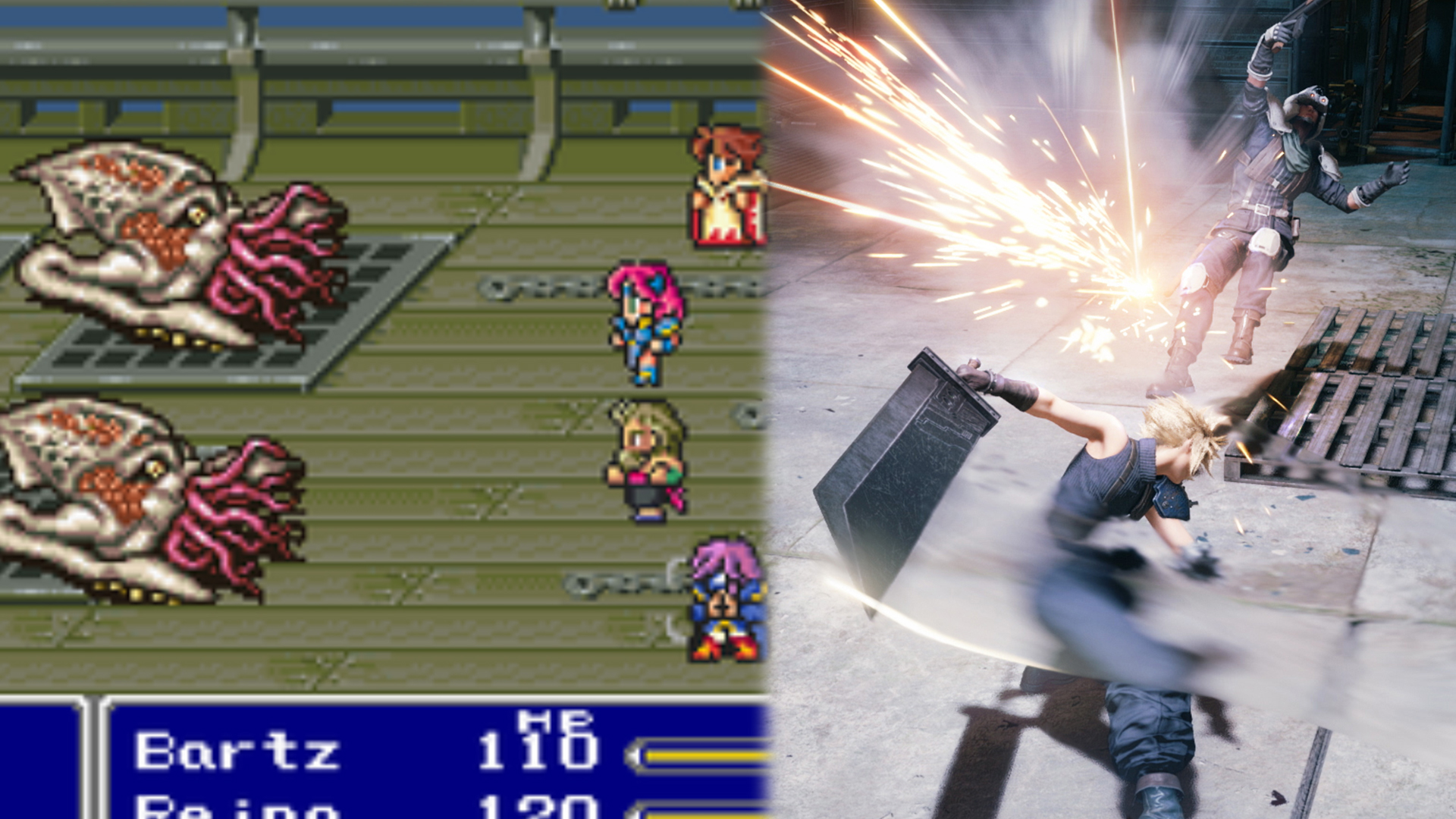

How Three Decades of Final Fantasy Shaped VII Remake’s Combat [Part 1]
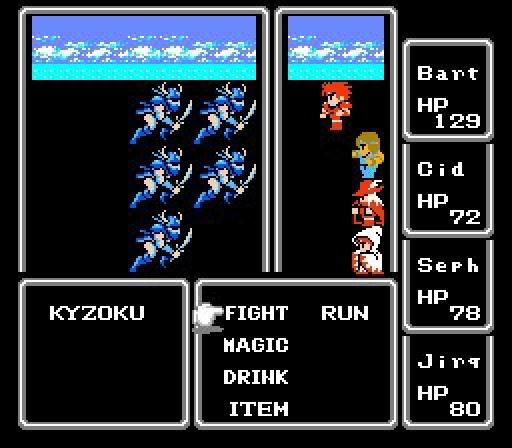
We begin this story with the first Final Fantasy (1987).
The concept of a turn-based RPG wasn’t new, but Final Fantasy popularized the idea of utilizing elemental magic and weakness against enemies in battle. Similarly, the game was one of the few RPGs at the time to let players select between multiple classes. Battle planner Akitoshi Kawazu pulled inspiration from a variety of western RPGs, such as Dungeons and Dragons, as well as Wizardry.
The idea was to create a game where players could feel like they were truly embodying their characters. When starting the game for the first time, players were given four characters, and then offered a choice between six classes for each: Warrior, Thief, Monk, Red Mage, White Mage, and Black Mage. Each class had its own stats, strengths, and weaknesses.
Fancy a job focusing on defensive magic? How about taking out your enemies with overwhelming strength?
By choosing between these classes for their party, players were able to craft a gameplay experience that was uniquely theirs. At the time, it was as though the sky was the limit, as playthrough with a different combination of classes had to be approached differently.
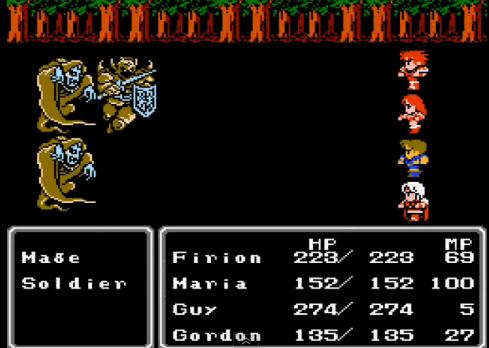
Final Fantasy II (1988) kept plenty of the things that the first game did, but also gave a good shake to the formula. Rather than letting players choose classes, FFII offered a band of unique characters to reflect the game’s bigger focus on story. To offset this, players could instead have their characters perform actions repeatedly to build proficiency and build their party the way they wanted. For instance, using a shield in battle increased a character’s evasion. Likewise, using a sword raised a character’s strength.
FFII also introduced a row system, which essentially allowed players to set offensive or defensive positions for their characters. Characters fighting in the front row got attacked more frequently and received regular damage, while those in the back row couldn’t damage enemies effectively but received less damage.
Though the game is seen as the black sheep of the series by most fans, the row system and focus on unique characters were groundwork that set the stage for many future games. The proficiency system would also prove to be ahead of its time, having been conceptualized well before RPGs such as the Elder Scroll games popularized the idea.
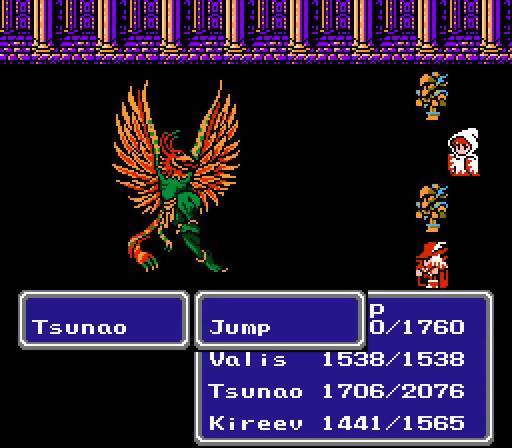
Final Fantasy III (1990) brought back the class system, this time giving players the option to switch between these jobs at will. Furthermore, the number of available classes was raised to a much bigger total of 22, on top of the original six classes that graced the original Final Fantasy. Characters were now able to level their main jobs by earning Job Points (JP) in battle.
Also new was a special skill that was exclusive to each class, which further set out to promote individuality between jobs. Many of these new classes, such as the Onion Knight, Bard, Dark Knight, Dragoon, and more, went on to become recurring names in future Final Fantasy games.
One influential addition to the series at this point was the introduction of powerful deity-like entities, called summons. Players could earn the blessings of these creatures by roaming the world, after which players could then call them forth in battle with to inflict powerful attacks. It was a popular concept, and so summons, with familiar names the likes of Shiva, Ifrit, Bahamut, and more would carry on as a core part of Final Fantasy’s identity going forward.
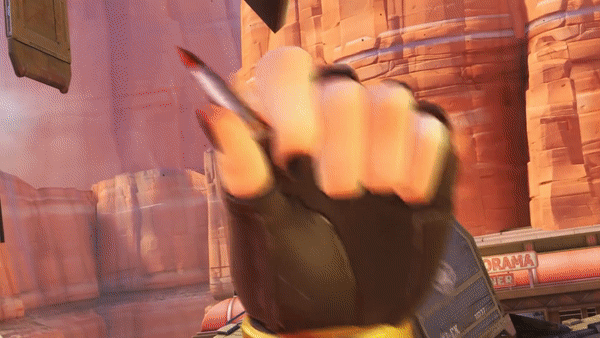
By megikari|November 3, 2018
You've seen her in the BlizzCon 2018 opening ceremony during the Overwatch segment. Now let's take a deep look at Elizabeth Caledonia "Calamity" Ashe,...

By Alleef Ashaari|November 16, 2023
Sony Interactive Entertainment has announced the November 2023 Game Catalog lineup for Extra and Premium subscribers, and Classics Catalog titles for ...
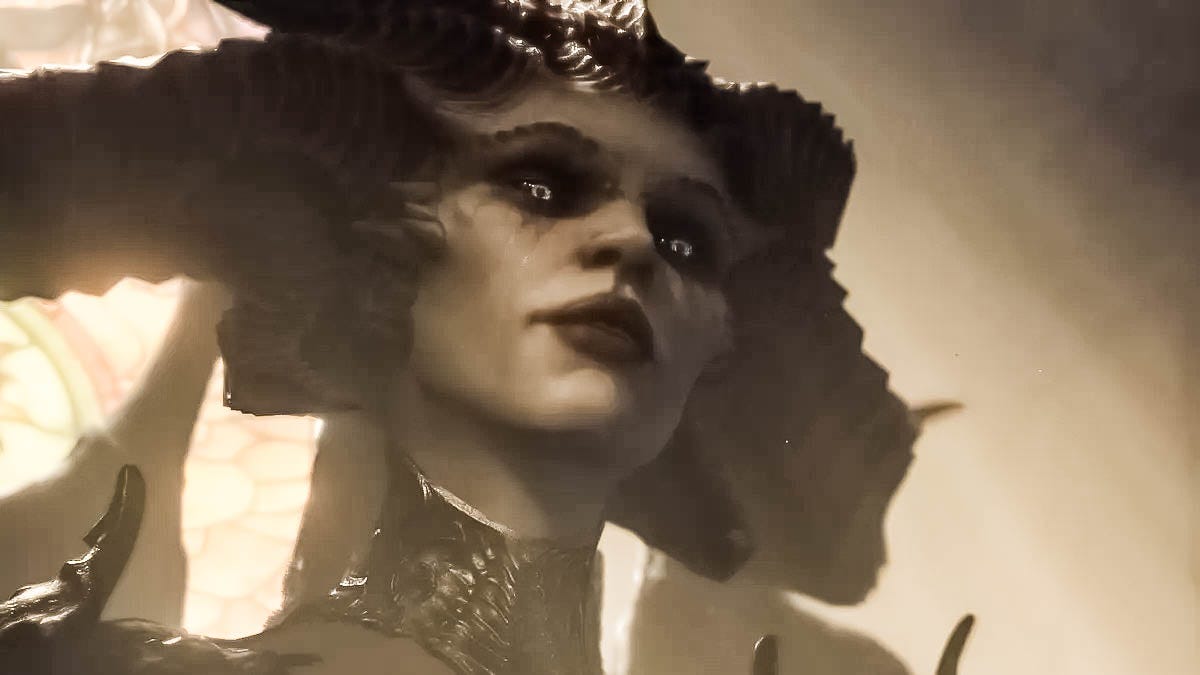
By Xandria Morden|March 24, 2023
Diablo 4's Open Beta starts this weekend. The Open Beta this weekend will start on March 25 0:00 GMT+8 and ends on March 28 3am GMT+8. Last weekend du...

By Mr Toffee|February 2, 2024

By Team KKP|July 1, 2023

By Alleef Ashaari|August 2, 2021

By Alleef Ashaari|February 9, 2022

By Mr Toffee|February 2, 2024

By Team KKP|July 1, 2023
Copyright @ Kakuchopurei 2024